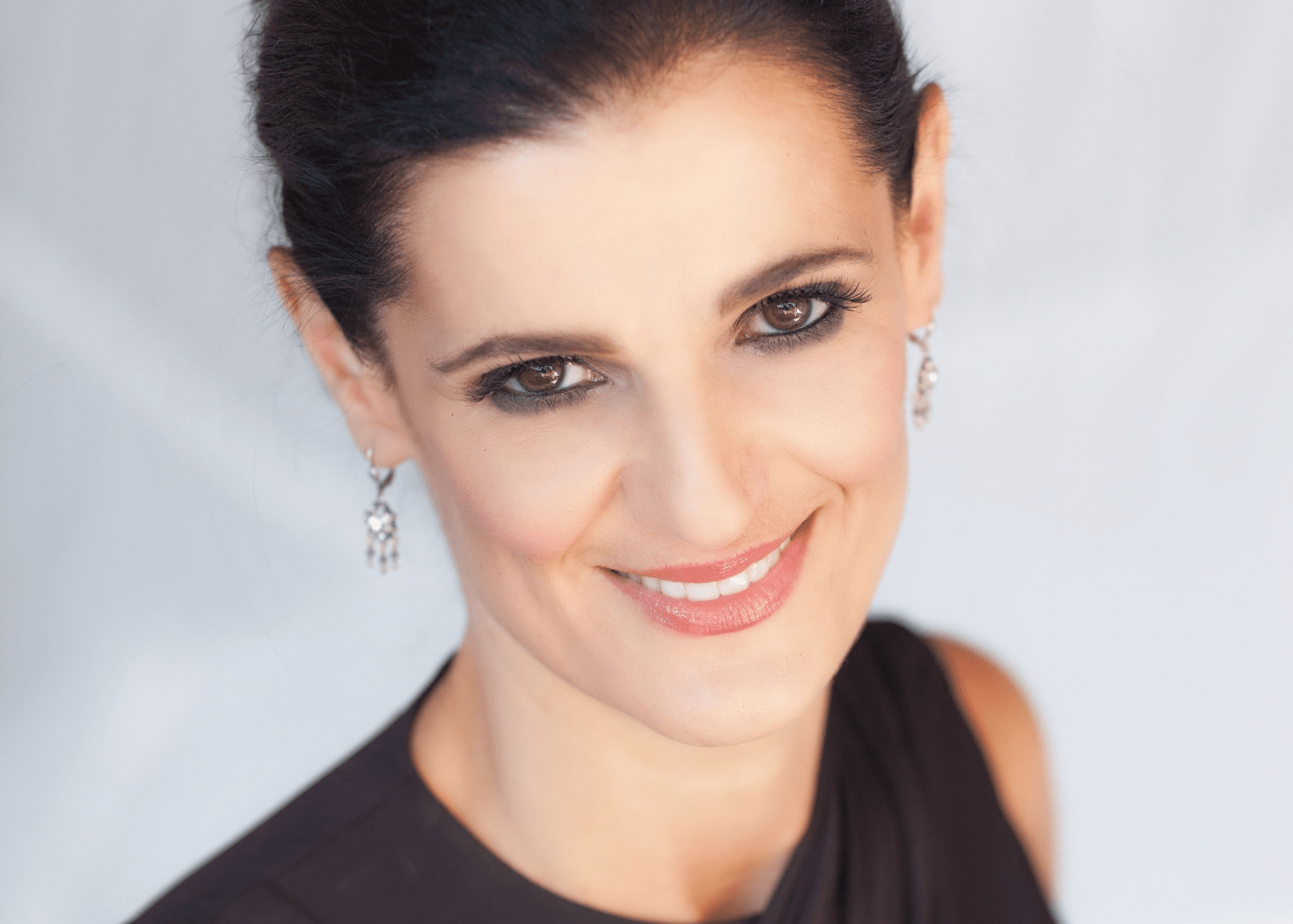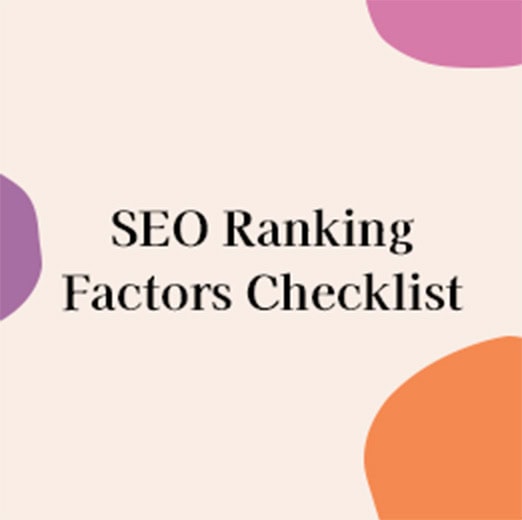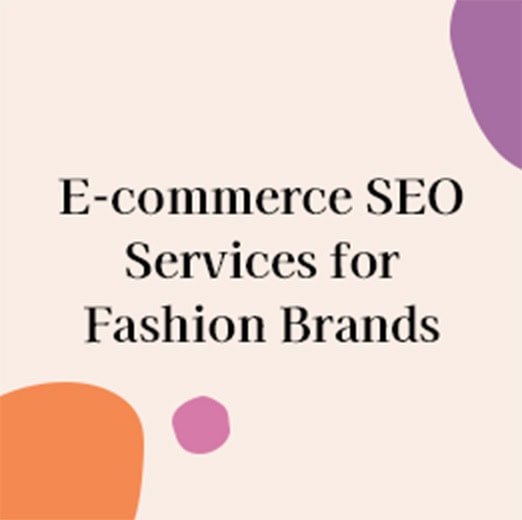Designer Stella Carakasi’s Words of Wisdom for Emerging Fashion Entrepreneurs
“Business is not for the faint of heart. There will be moments where you will be sitting in the abyss chewing on glass and wondering what on earth have you done to yourself and why you are doing it.” - Stella Carakasi
The fashion industry is an exciting world! But it’s not for everyone. If you want to run a successful apparel business, you need to have a clear set of values to guide you, good business sense to stay profitable and competitive edge in the market. And you must LOVE what you do.
Back in 2021, I interviewed American designer and fashion apparel entrepreneur, Stella Carakasi for our podcast series. And in our conversation she tells our audience that in order to build, grow and sustain a successful fashion apparel brand, it is NOT ENOUGH to just be a creative genius. In her role as the Co-founder and Creative Director of her clothing brand Stella Carakasi, Stella says she only spends about ten percent of her time designing. The rest of the time is running the day-to-day operations, communicating across internal departments and with customers, and planning and strategizing for the future to keep the momentum going.
If you have had a chance to listen to the podcast episode, you’ll know that Stella doesn’t hold back on telling it like it is. Articulate, wise and honest—Stella shares the wisdom that she has gained from experiencing the highs and lows that came from over 30 years in the fashion industry.
To hear the full story about Stella Carakasi’s journey of building several successful fashion companies, the difficult decisions she's had to make as a business owner, and her insights on the future of the fashion industry–I highly encourage you to listen to the podcast episode.
As for today’s article, if you are an emerging fashion designer who is dreaming of running your own fashion label one day, I’ve created this article just for you—as a bonus feature to the existing podcast episode with Stella.
In this article, you will have the chance to learn, reflect and take actionable steps towards building a profitable fashion apparel business—that will align with your personal values and serve the needs of your target customer.
I have distilled our original interview with Stella down to these 5 key pieces of advice to help you succeed as a fashion apparel business entrepreneur:
- Know your values, and be brave to make difficult decisions to realign with those values.
- Focus on product-market fit and create a product to solve a problem for the consumer.
- Rely on the data, not your ego to continuously improve your product offerings for your target customer.
- Work toward sustainability but don’t lead with it. Instead, lead with fashion, stand out, and be authentic.
- Get your financial house in order.
In each section, you will discover:
- Stella’s advice and examples of how she applies it to her own business. Quotes have been compiled and adapted from the original audio recording.
- Reflection questions for you to consider as a fashion apparel entrepreneur
- Actionable steps that you can take to set yourself up for success
Now, let’s get started!
Advice #1: Know your values, and be brave to make difficult choices to realign with those values.
Stella’s thoughts:
Staying true to your values will be your driving force.
Business is not for the faint of heart. There will be moments where you will be sitting in the abyss chewing on glass and wondering what on earth you have done to yourself, and why you are doing it.
And if you don’t have the values and the pure vision that is driving you and pulling you forward, then you're probably not going to make it. That's why it's so important to believe in your vision and to have your foundation of solid values underneath your feet, which is what's going to carry you to find the doors while the walls seem to be closing in on you.
While I'm also guilty of having veered off my values over the span of my career, what is important is to really realign. I will not veer from my values anymore, and that comes with making really difficult choices.
My most difficult choice was to leave Wholesale behind and basically reinvent and start from scratch. It was a huge financial setback. But it was this moment of truth.
One reason for leaving behind wholesale was because I had kind of lost my footing of what was really true to me. I had to please the major department stores and the catalog companies that we dealt with in using fabrics that were not sustainable just because we had to hit a price point. And they had all these requirements that really didn't align with my initial intent when I entered this business.
I decided to go back to my roots, clean house and re-establish my values. I decided it was time to take stock of what matters again, and we took the big crazy scary step forward of pulling the plug on wholesale and relaunching as a direct-to-consumer company in late 2018.
Ask yourself:
What are my core values- the set of guiding principles that I will not compromise on as a designer and business owner?
Try this:
Check out Stella Carakasi’s core values that are listed on her website, and use it as an example to write out the core values that are important to your business.
Advice #2: Focus on product-market fit and create a product to solve a problem for the consumer.
Stella’s thoughts:
At the end of the day, we do run a business. And finding that perfect formula, won’t happen overnight. But if you listen to your customer (whoever that customer is that you set out to cater to) while being mindful that you might start out somewhere and the market tells you otherwise—follow that, because that is going to be where you need to be.
My brand is not for everybody, and I don't want to be for everybody. I want to be for that segment of the population where my product fits the market. And if you really find product market fit and within that, you focus on your growth, it's win-win.
Over the many years that I've been in business, it is clear to me who my ideal customer is: She does not necessarily have the ideal body shape, although I don't exclude the ideal body shape because I value inclusivity. She can be in her twenties, or in her eighties. She can have the “ideal hourglass figure” or be a size twenty.
Eighty percent of the female population does not have the “ideal hourglass figure”. But who designs for them? It's not a secret that in America, the average size is a size sixteen. The “cool” brands on the market offer anywhere from a size zero to a size twelve, sometimes up to size fourteen. So where does it leave the average American woman? She's being told, “You have to shop plus-size.” But who on earth wants to go shop in the plus-size department? To me that is still associated with body shaming and there's a stigma attached to it.
I want to create a brand that actually encompasses a size two, as well as a size eighteen, and eventually twenty, and twenty two. Without calling it plus-size, why can't it just be part of a regular size run?
So one design challenge that I’m taking on, and a problem I’m solving for consumers is producing a product that is equally flattering on a smaller frame as it is on a bigger frame.
Ask yourself:
Does my business idea solve a problem that people are willing to pay money for as a solution?
Try this:
Conduct market research and validate your business idea. I know it’s not always fun, but DON’T SKIP THIS STEP! Many aspiring entrepreneurs make this mistake. They spend a lot of time designing and developing the “perfect” product they think the marketplace needs, without real concrete evidence and solid market research. Only to be disappointed to find there’s no real need for their product. Take the time to dig deep by really understanding who your business will serve.
Advice #3: Rely on the data, not your ego to continuously improve your product offerings for your target customer.
Stella’s thoughts:
Set the ego aside. I say that very carefully because not everybody is necessarily driven by ego, but what I found out is that this industry is littered with big egos.
When I design, there is clearly a creative process, but it is also informed by data. I get my data points by being in communication with my customers through surveys and gathering a lot of feedback. And I particularly focus also on the negative feedback. I don’t let my ego get in the way.
For example, when a customer responds, “this didn't fit” or “this doesn't look good on me” or “I didn't like the color”, I collect that negative data as well as the positive data and I try to really improve what it is that I have to offer. And at this point, I know my best sellers.
I'm informed by my customer of what she really needs. She needs to have practical clothing that works from morning to evening, that with a change of a shoe or an accessory, she can go out to dinner. Comfort is key, and having clothing that is flattering—just because you're bigger doesn't mean you want to wear something that is like a potato sack or that you need to layer in order to hide your body.
At the end of the day, I don't care about trends. What I care about is style. Style is not a trend. Style is timeless, and style is what looks good on you. And what it is that you do with a particular garment.
Ask yourself:
What are some things I should find out about my customers in order to improve my product?
Try this:
Get hands-on! Organize a focus group of existing or potential customers and ask them questions such as:
- How did you learn about my company?
- What do you think of my product? Is it a good idea? Why or why not?
- Would you use my product? How would you use it?
- If you could change one thing about my product, what would it be?
Advice #4: Work toward sustainability but don’t lead with it. Instead, lead with fashion, stand out, and be authentic.
Stella’s thoughts:
What is your stamp that sets you apart from everybody else? The fashion apparel industry is a very crowded space, so how are you going to stand out? What value do you offer? How does that differentiate you from other brands on the market? And how authentic are you?
I would highly recommend doing some research before launching. If you don't have clarity around what your product really does—that will resonate with whoever your customer might be—you might be spending a lot of time and money that's going to go nowhere.
I love the fact that we have this awareness and everybody is pushing sustainability, but don't lead with it. It needs to become the norm—not media sensationalism or greenwashing.
Lead with fashion. At the end of the day, we are in the fashion business for being in the fashion business.
I think we're kind of tired of the sustainability message. We know. I think we're very aware. Now it's up to us as designers and manufacturers to really make the change happen. I don't want to guilt trip any of my customers to buy eco. I want them to love what I have to offer. And then the backstory happens to be, “Oh, and it happens to be organic, and it happens to be eco friendly, and it happens to be recycled or whatever it is that you're using.”
Now more than ever, having an authentic voice and being real matters to customers. There is such a shift in approach to how and where we spend our money. If you have an authentic message, it shows in the product you are producing, and it resonates with your customers.
Stick to your values, know who you're designing for, and offer a product that is quality and reflects your values because being authentic is so crucial.
Ask yourself:
What’s unique about my brand that sets me apart from my competitors? Do I have a strong brand message and voice?
Try this:
When you’re building a brand, it’s important to cut through the online noise and create an identity that resonates with your target audience.
By following a few key steps, you can establish a brand that will attract, engage, delight, and grow your customer base, no matter where they interact with you online.
- Define your mission and vision. Think of your brand mission as the driving force behind your activity, and of your brand vision as where that activity will ultimately take you. The vision is where you want to be, and the mission is how you intend to get there.
- Develop your brand message and voice. Establishing a compelling brand message and voice is just as important as your visual identity when building a brand. Your brand message is what you say about your business, the brand voice is how you go about saying it.
- Identify your brand touchpoints. Brand touchpoints are the places along the customer journey where you make contact with your target audience. Review and understand each of your brand's touchpoints so you can ensure a more consistent experience for customers throughout their journey.
- Watch this IG Live Recording with Founder of REX Marketing, Allison Bran.
Advice #5: Get your financial house in order.
Stella’s thoughts:
Be aware that clothing is a very cash intensive business so get your financial house in order.
Know what is your runway before you launch. Where might the next investment be coming from? And if it's not an investment, do you qualify for loans? There's multiple ways of doing that, but don't just be the creative head.
If you don't have a financial head or any business sense, then try to at least partner with somebody or have access to somebody that can guide you through the financial landscape.
And don't forget about marketing. By just opening up a site, you're not going to drive crazy traffic to that site. Your friends and family will probably support you at first, but then there is the marketing expense. Who's going to do this for you? Do you have enough money to hire a marketing agency? And if not, are you going to do your marketing? How knowledgeable are you in that area?
Ask yourself:
Do I have a good understanding of business budgeting and financing? If not, do I have someone who can help me with it.
Try this:
Download and review our Clothing Brand Owner’s Checklist as an overview of things to look out for when starting a business.
Listen to this podcast episode: Budgeting and Financing Tips for your Fashion Business.
Seek help from a professional bookkeeper or accountant.
Where will you go from here?
Now that you’ve read Stella’s advice, reflection questions and actionable steps, how are you feeling? If you’re motivated to keep chasing your dreams and apply what you’ve learned toward building a successful clothing brand, that’s awesome! Keep going!
But if you’re starting to question, “Am I really cut out to do this?”—that's okay too! To help you in that area of self and career discovery, I'll leave you with this one last piece of advice from Stella Carakasi:
Stella’s thoughts:
I would highly recommend going to work for somebody that will open up your eyes. It will make you understand the complexities and then re-evaluate if this is really what you want to do, because I have known people that wanted to have the business, ended up working for other brands and decided, “Not a day and hell do I want to start my own business!” While others gained their experience, made their mistakes with the companies they worked for and decided, “Yeah, I'm ready now. I understand it.” So that's really important too.
I am so grateful that Stella Carakasi was able to share her stories and wisdom with our audience. You can learn more about Stella’s fascinating career and get more of her insights by listening to the podcast episode of my full interview with Stella.
To our reader, I hope you have found this article to be helpful while you are navigating through this exciting and demanding world of fashion.
Now that you have read all five pieces of advice, which areas stand out to you as things you excel at? And which areas do you need to improve upon? If you want to talk about it, book a free consultation with me today!




